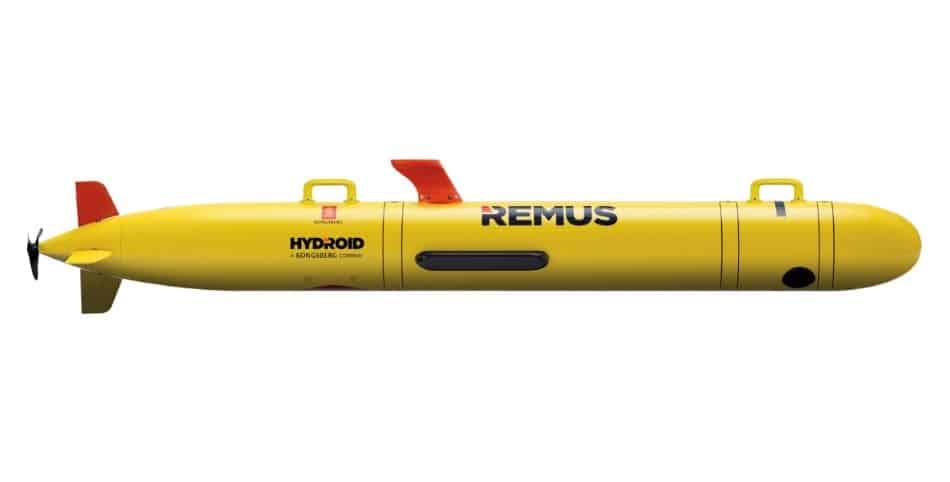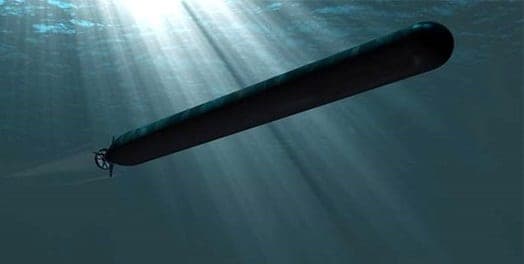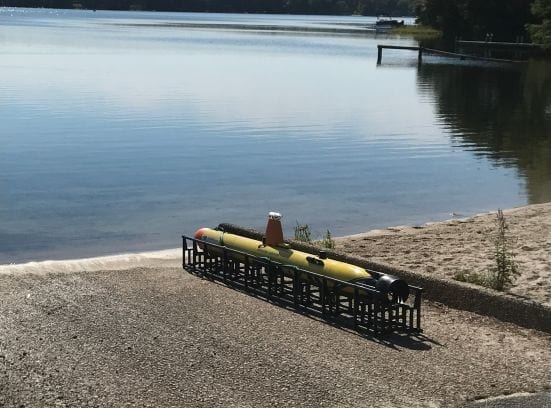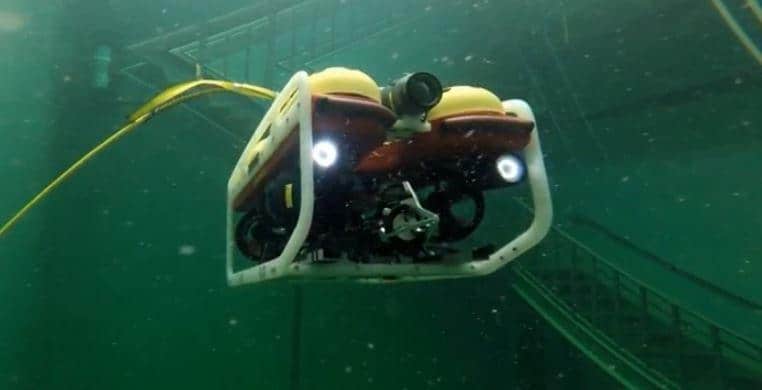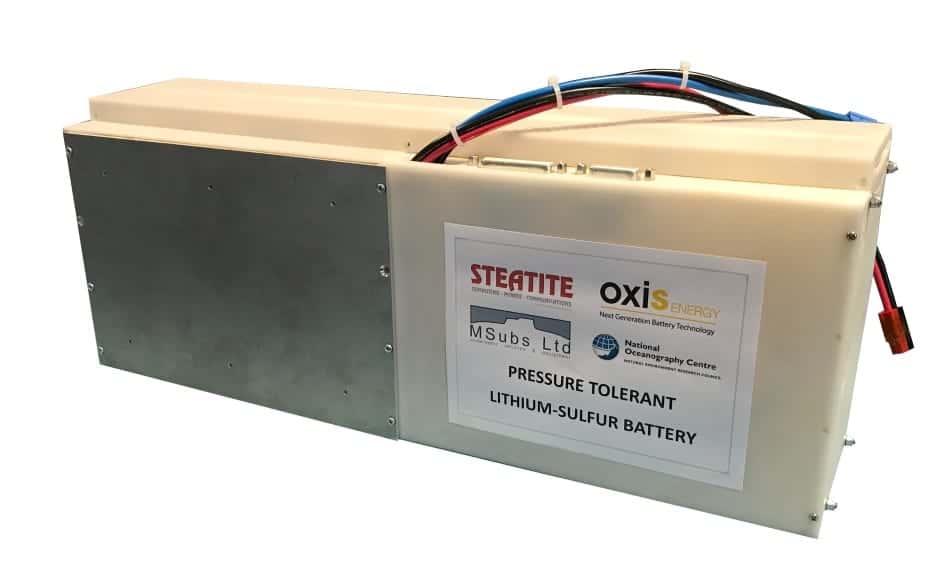Northrop Grumman Corporation has announced that the company and industry partners will demonstrate advanced autonomous technologies in a multi-domain contested maritime environment during this year’s Advanced Naval Technology Exercise (ANTX) at Naval Surface Warfare Center (NSWC) in Panama City, Florida.
The demonstration will showcase Northrop Grumman’s advanced mission management and control system aligned with the Navy Common Control System vision, highlighting the benefits of an open architecture approach and demonstrating the ability to rapidly integrate multiple capabilities into a relevant mission scenario.
“Northrop Grumman is the leader in autonomous systems and development of innovative technologies,” said Jeff Hoyle, director, undersea warfare, Northrop Grumman Aerospace Systems. “Executing undersea strike with existing technology using multi-domain autonomous platforms equipped with networked sensors and advanced mission management for command and control provides significant offensive and defensive capability in the maritime environment.”
Multiple unmanned undersea vehicles, unmanned surface vehicles and a surrogate unmanned aerial vehicle will collaboratively conduct seabed warfare in a contested environment. Autonomous systems will collect, analyze and synthesize data from numerous sensors to develop real-time targeting solutions that enable an unmanned undersea vehicle to engage an adversary’s seabed infrastructure.
“Emerging threats are changing the undersea battlespace in complex ways and at an increasing pace,” said Alan Lytle, vice president, undersea systems business unit Northrop Grumman. “Integration of our proven system of systems capabilities optimizes the deployment of our naval forces and provides commanders with a decisive advantage.”
The three day annual exercise was developed to demonstrate future Navy technologies in a collaborative, low risk environment. Government, academia and industry participants gather to showcase new capabilities to push the boundaries of what is possible in a complex environment.
Northrop Grumman demonstrated autonomous maritime domain awareness and anti-submarine warfare capabilities at last year’s ANTX exercise at Naval Undersea Warfare Command in Newport, Rhode Island, validating a range of sensors and systems using autonomous sub, surface, and air vehicles. The autonomous surface and subsurface vehicles collected data, validated contacts and processed real time data transmission to ground operators via surrogate autonomous aircraft and satellites for exploitation. Submerged targets were then engaged with air-dropped weapons demonstrating a complete detect-to-engage autonomous anti-submarine warfare capability.
The post NGC to Showcase Autonomous Maritime Capabilities at Advanced Naval Technology Exercise appeared first on Unmanned Systems Technology.



